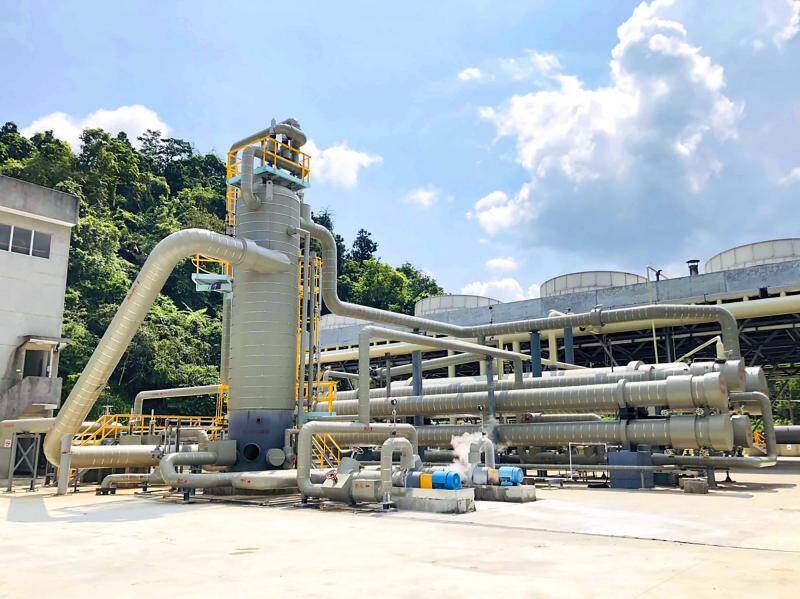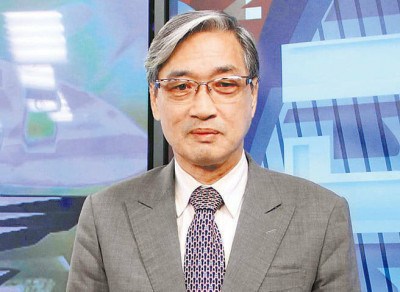《TAIPEI TIMES》 Geothermal, hydropower in energy transition plan

The Cingshuei Geothermal Power Plant in Yilan County is pictured in an undated photograph. Photo courtesy of Yilan County Government via CNA
By Lee Wen-hsin and Esme Yeh / Staff reporter, with staff writer
The nation’s “second energy transition” would focus on geothermal energy and small hydropower, with the first geothermal exploration to start this month, Minister of Economic Affairs J.W. Kuo (郭智輝) said yesterday.
President William Lai (賴清德) on Thursday said in his Double Ten National Day address that the government would continue to promote the “second energy transition” to ensure stable power supply by developing more sources of green energy, promoting energy conservation and improving energy storage to steadily advance toward the nation’s goal of achieving net zero by 2050.
The Ministry of Economic Affairs said in a statement yesterday that it would continue to develop green energy such as geothermal power and small hydropower, in addition to more mature technologies such as photovoltaic power and offshore wind power.
A research team is to start geothermal exploration in four out of 10 selected locations, Kuo said.
The first site to be explored by the end of this month is 4,000m underground, and the experience, if successful, could be applied to the following explorations, he said in response to media queries on the sideline of a legislative meeting in Taipei.
The application of small hydropower, which means powering up engines using the vertical force of flowing water, would begin in line with the Water Resources Agency’s hydraulic engineering program starting from next year, Kuo said.
The construction of small hydropower facilities is under planning, and several hydroelectric power stations have already been built, he added.
The road map to stable power supply is complete from now to 2030, Kuo said, urging local governments and the public to support the central government’s plan to build power plants.
Asked whether nuclear energy is included in Lai’s energy transition policy, Kuo said the ministry as an executive branch would keep up with new technologies and international trends, but added that he could not speak on behalf of the president.
新聞來源:TAIPEI TIMES

















